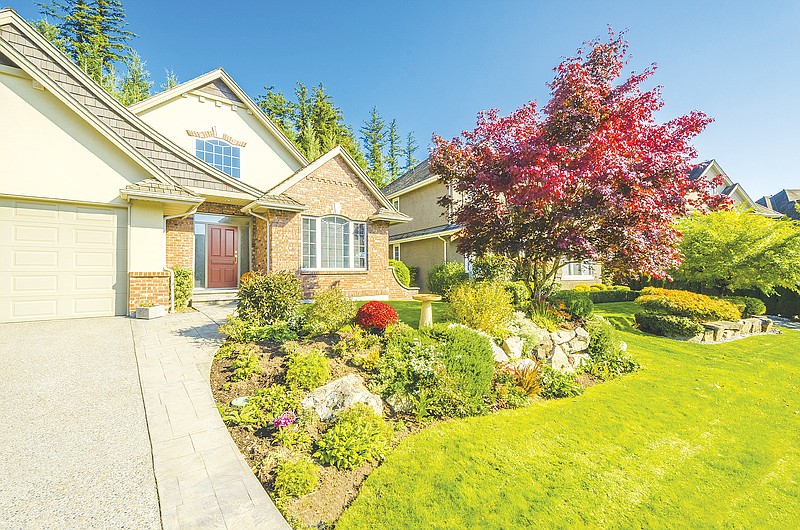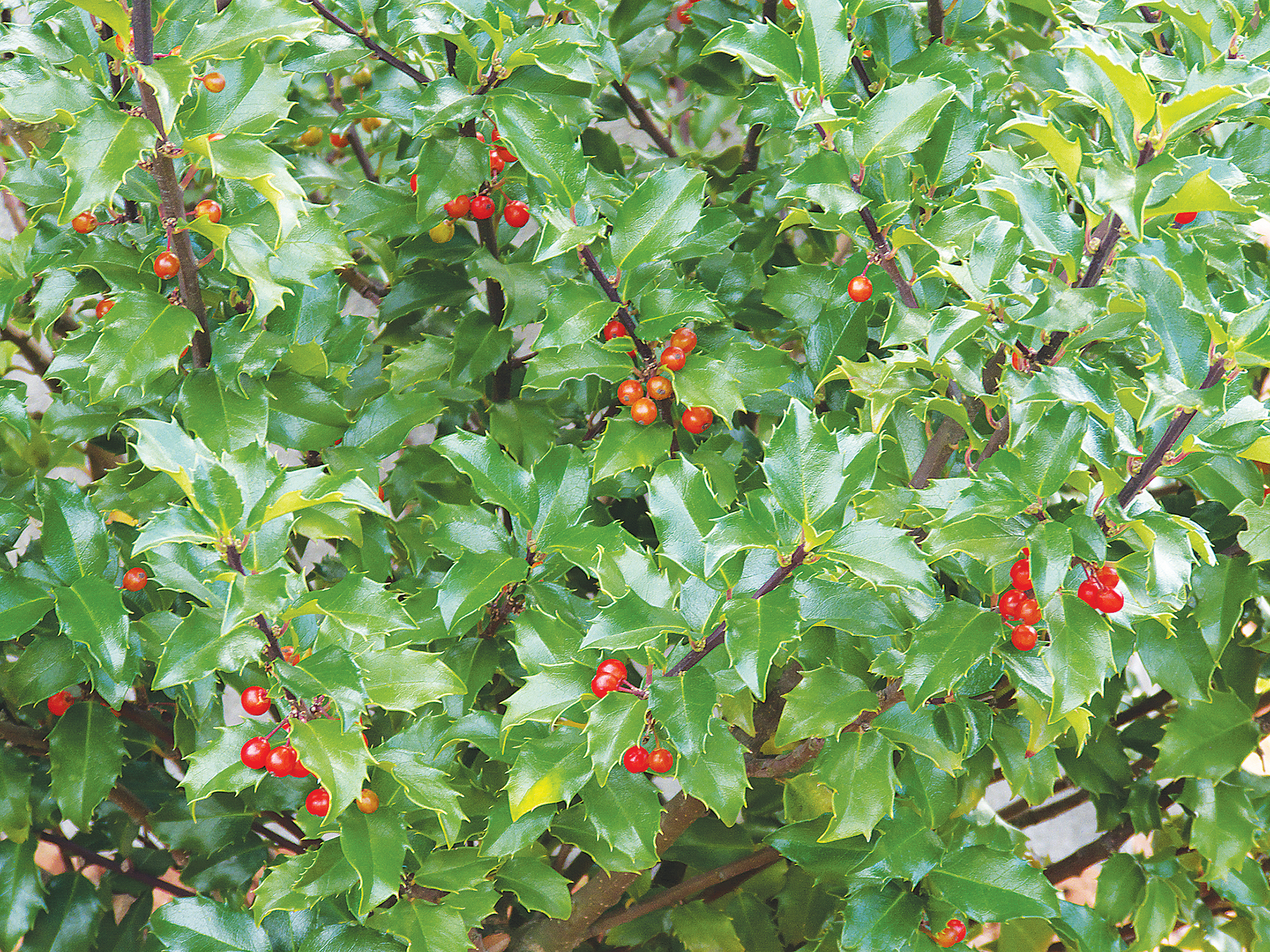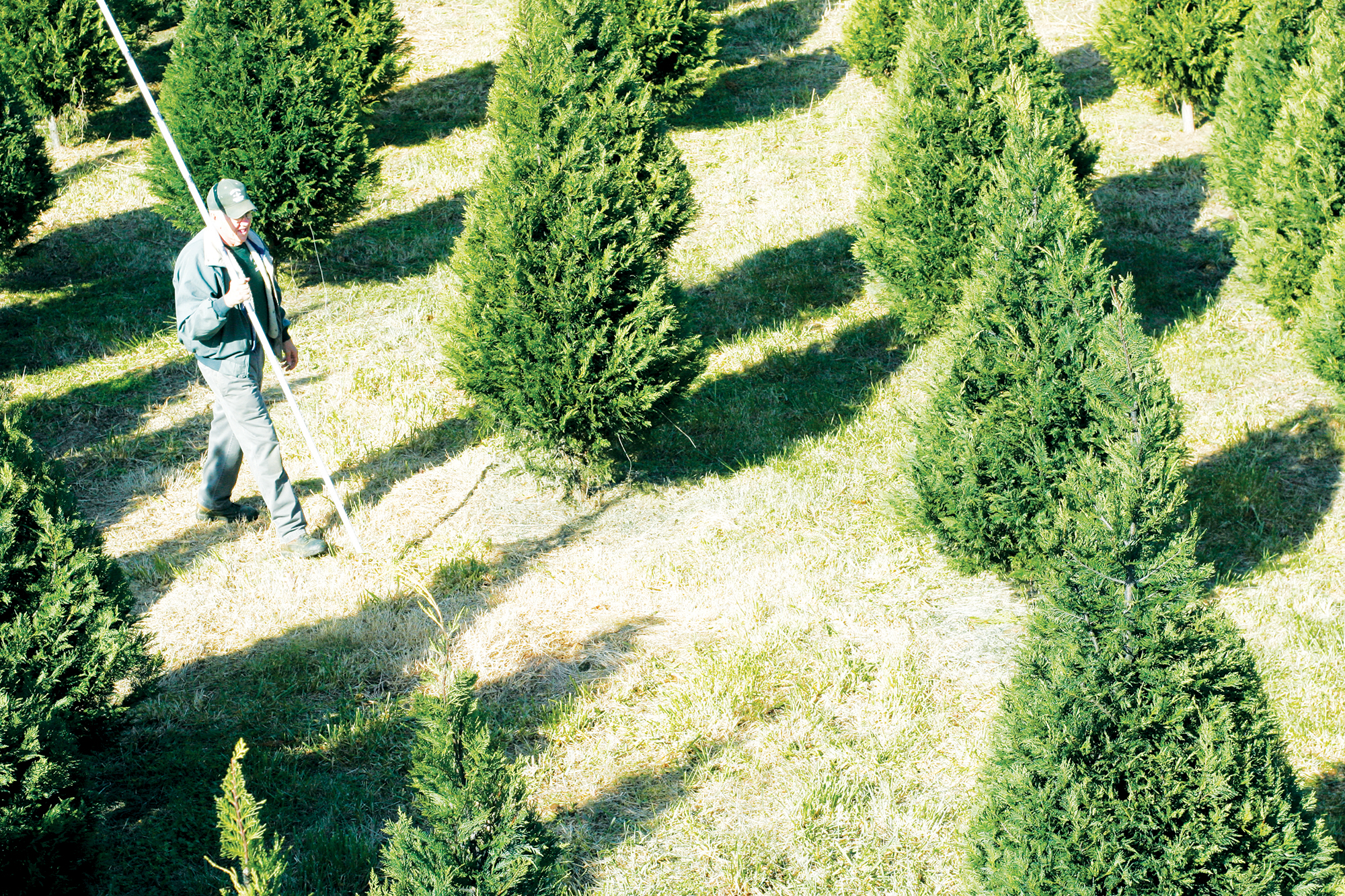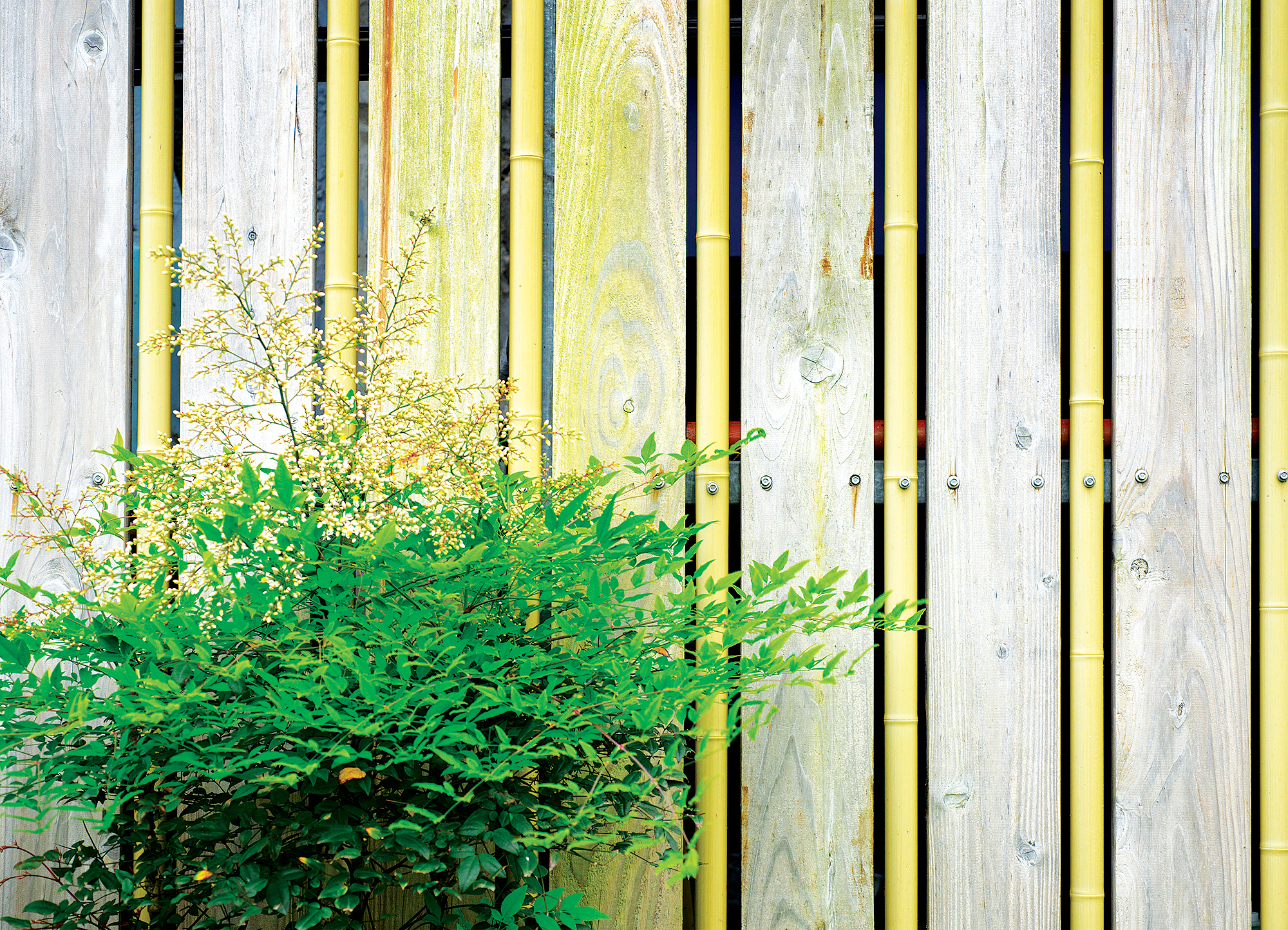You've got to have curb appeal. That's what gets them in the driveway. I believe landscaping makes the first impression."
Landscaper Ryan Viva's hatred of the holly bush is an angry, many-tentacled thing.
"They're prickly and attract bees; they're not good for kids; they're not good for pets; they're ugly; and they root really deep," he says. "I don't know why anybody would want one. I just hate dealing with them. There's nothing about them that's nice-looking."
Avoid these plants
* Bamboo * Holly * Nandina * Leyland cyprus * Pampas grass * Chinese privet * Redtip Source: Ryan Viva, James Swafford, Southern Living
Spruce it up
Before selling a home, the experts at HGTV recommend taking the following steps to spruce up your landscaping: 1. Suggest your home's designing potential and woo prospective buyers by placing containers with exotic plants near outdoor spaces and entrances. 2. Apply a fresh layer of mulch to garden beds to increase the contrast with the plants therein. 3. Purchase and plant flats of colorful annuals to add seasonal color to a landscape, making sure your selections suit the color scheme of your home. 4. Prune overgrown or unsightly trees and shrubs. 5. See to the upkeep of your perennial plant beds, and remove plants that are in particularly bad shape, replacing them with new plants or decorative pottery. 6. Make sure any water features you have are functioning, and scour them by getting rid of algae, cleaning the filters and removing any leaves. 7. Fix issues with your irrigation system and provide instructions on the operation of the system and your watering schedule to any prospective buyers. 8. About a half hour before a showing, run your irrigation system or water your plants manually to reduce the glare of paved surfaces and give your plants the appearance of being well cared for. 9. Write labels for the plants in your landscape -- or create a written inventory you can leave out for buyers to peruse -- in order to give an idea what maintenance will be required. 10. Buy or rent a power washer to clean paved surfaces to remove any built up grunge or grime. Source: HGTV.com
Viva is the president of Chattanooga Valley Landscape, a residential and commercial landscape company located off Highway 153. His family has been in the business of sculpting Scenic City properties for about 60 years. His litany of complaints against the holly, a common sight in the manicured wilds of Southern suburbia, comes so hot and fast you can practically hear new ones stacking up behind his teeth.
Pretty much every landscaper can rattle off a list of plants whose presence around a home is not only shudder-inducing but also can lower a home's curb appeal to potential buyers.
For Hixson-based landscaper James Swafford, the most egregious offender is Chinese privet -- a quick-growing shrub that's commonly used for hedges despite being listed as an invasive species by the U.S. Department of Agriculture.
"It just gets overgrown," Swafford says.
He also shakes his head whenever he drives by homes dotted with tufted stalks of pampas grass or -- God forbid -- a stand of willfully planted bamboo, another invasive Asian import with a penchant for growing with abandon.
"There's really not much you can do with bamboo," Swafford says. "It just goes crazy. About all you can do is cut it down to the ground and dig it out with a back hoe once it gets out of hand."
Why are so many of these plants -- the ones that set landscapers' teeth on edge -- in so many yards? They sell for less, which means they tend to be a go-to for builders.
"There are a whole lot of better options, but budget-wise, they're very cheap," Viva explains. "When you start getting into plants that are below $6 or $7, that's when you start getting into things around here that I hate. There's a reason they're that cheap."
About 20 percent of the homes he services are landscaped with cheap plants he despises, whether its rows of hollies, creeping beds of juniper or the hydra-like, red-leafed nandina.
Landscapers say homeowners considering a relocation would do well to consider improving or updating the look of their property before putting their house on the market. According to a 2009 survey by the Virginia Tech Department of Horticulture, a well-manicured landscape can increased a home's perceived value by 10 to 12 percent, or about $18,000 on a $150,000 listing.
Three years ago, when the real estate market was still in recovery, Swafford says, a home that he had personally landscaped was on the market for just two weeks before it sold. One of the big ticks in the buyers' plus column was the quality of the yard.
"You've got to have curb appeal," he says. "That's what gets them in the driveway. I believe landscaping makes the first impression."
Unfortunately, experts say, the lawn and foliage -- and the upkeep thereof -- tend to be more of an afterthought than a priority when it comes to building a new home or putting one on the market.
"In Chattanooga, they'd rather have granite in their kitchen and put the cheapest crap they can in their front yard," Viva says. "That's just what people want around here.
"Landscaping is the last thing someone does when they're building a house, and usually they're low on budget by then, so they put in the cheapest plants they can."
Sometimes, a home's landscape falters are more a matter of improper usage than poor choices.
The pointed spear of a Leyland cypress, for example, is a popular selection for many homes seeking a bit of Tuscan appeal. The cypress, however, has a tremendous annual growth rate of 3 to 4 feet and can top out at 70 feet. Experts say homeowners tend to be romanced by this vision and plant cypresses -- and other evergreen trees -- much too close to their homes, which can lead to cracked foundations, among other problems.
"You don't want 30-foot-tall trees 5 feet off the house," Swafford says. "That's definitely a turnoff when somebody pulls up because they'll know that, eventually, they'll have to do something with it.
"You need to do research and read the tags on the plants you buy to see what the maximum growth height is."
Even well-intentioned and well-positioned planting can lead to unexpected consequences for shortsighted homeowners. Trees with shallow or exposed root systems, such as weeping willows or red maples, can turn a yard into a mower's nightmare or nearby sidewalks or pipe lines.
The Agricultural Extension Service at the University of Tennessee at Knoxville published a list in 1998 of trees to reconsider before planting. Some selections, such as cottonwoods and silver maples, are quick- growing but short-lived and susceptible to storm damage. Others such as the eastern white pine and pin oak are susceptible to disease.
For home sellers, it's worth the investment to change out or spruce up these problem plants before putting a house on market, and as always, landscapers say, yard maintenance is a marathon activity.
"There are a lot of people who pay a lot of money to have a new home landscaped, and then they neglect it," Swafford says. "Either they don't want to pay someone to do it professionally, or they won't do it themselves. It's just like buying a pet; the work never ends."
And to prevent headaches down the road, experts say it's better to spend more money on -- and time researching -- varieties of plants that will suit the house in perpetuity, rather than making snap decisions that will be expensive to remove once the plant is full-grown.
Instead of runaway beds of juniper, Viva recommends using a flowering lantana for a ground cover. Rather than the ever-multiplying nandina, he suggests the colorful pop of a loropetalum, drift roses or gold mops. And as a substitute for his least favorite plant, he steers owners with dreams of holly-filled yards toward members of the laurel family.
"They wouldn't know the difference, except that they're not prickly, and laurels actually bloom and are pretty," he says.
Contact Casey Phillips at cphillips@timesfreepress.com or 423-757-6205. Follow him on Twitter at @PhillipsCTFP.



